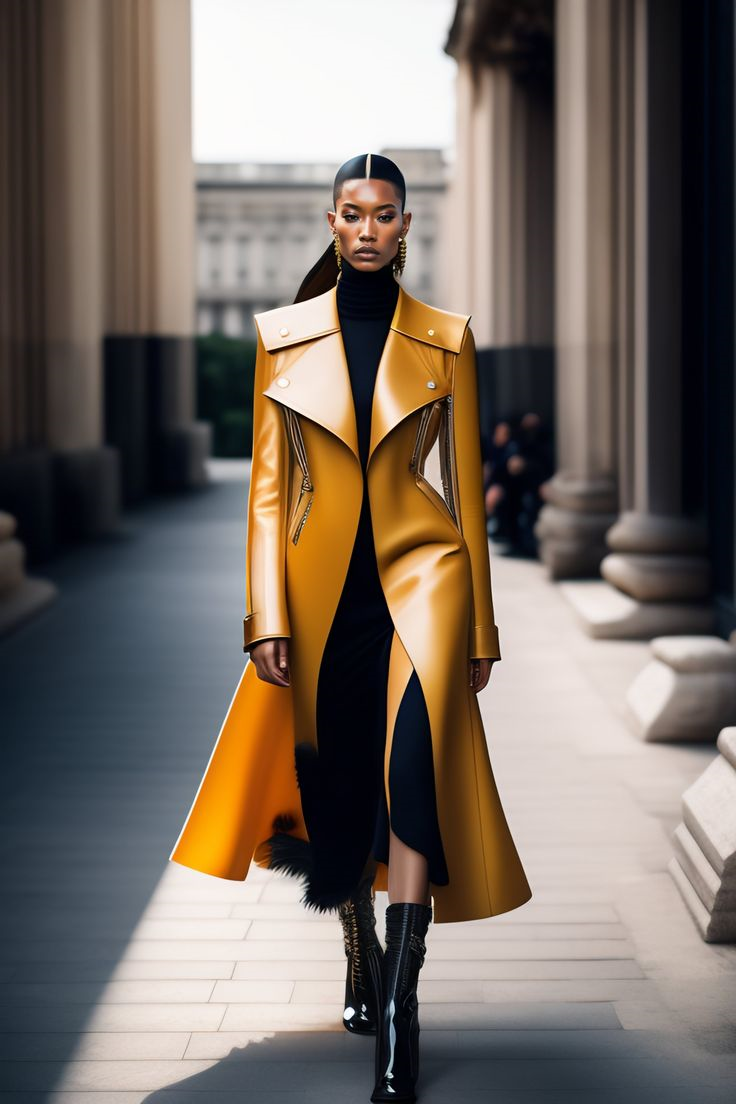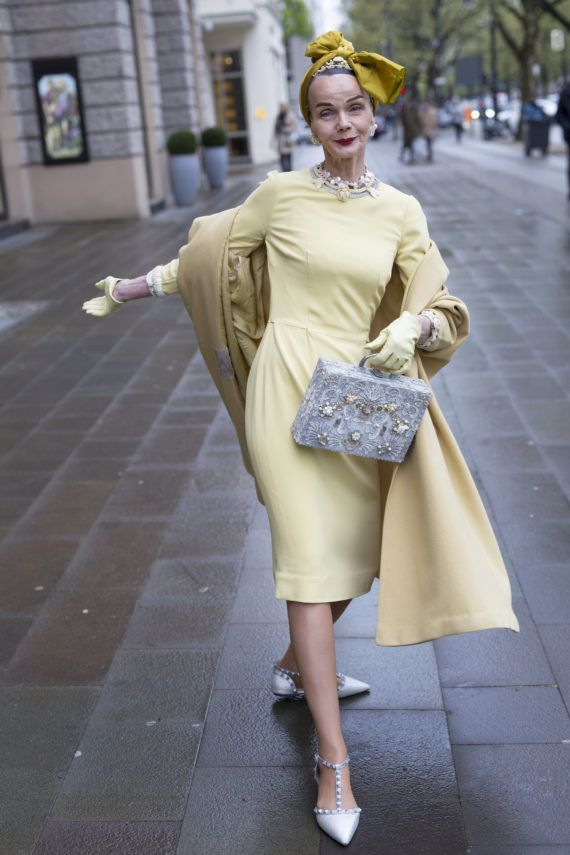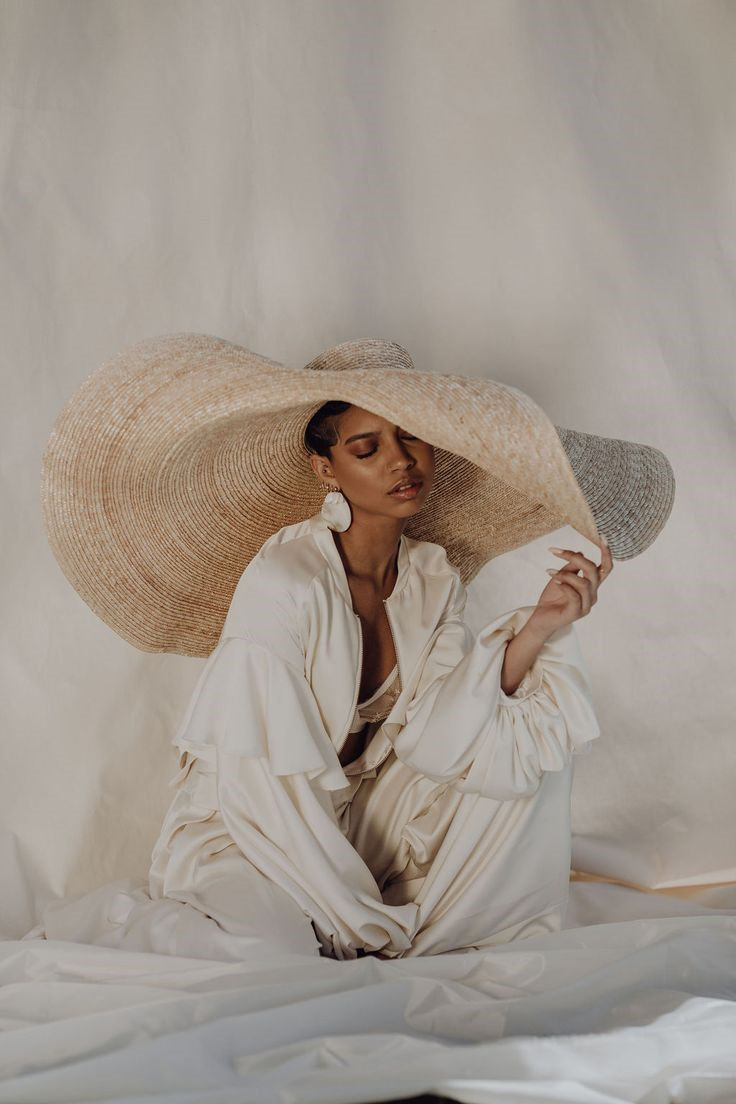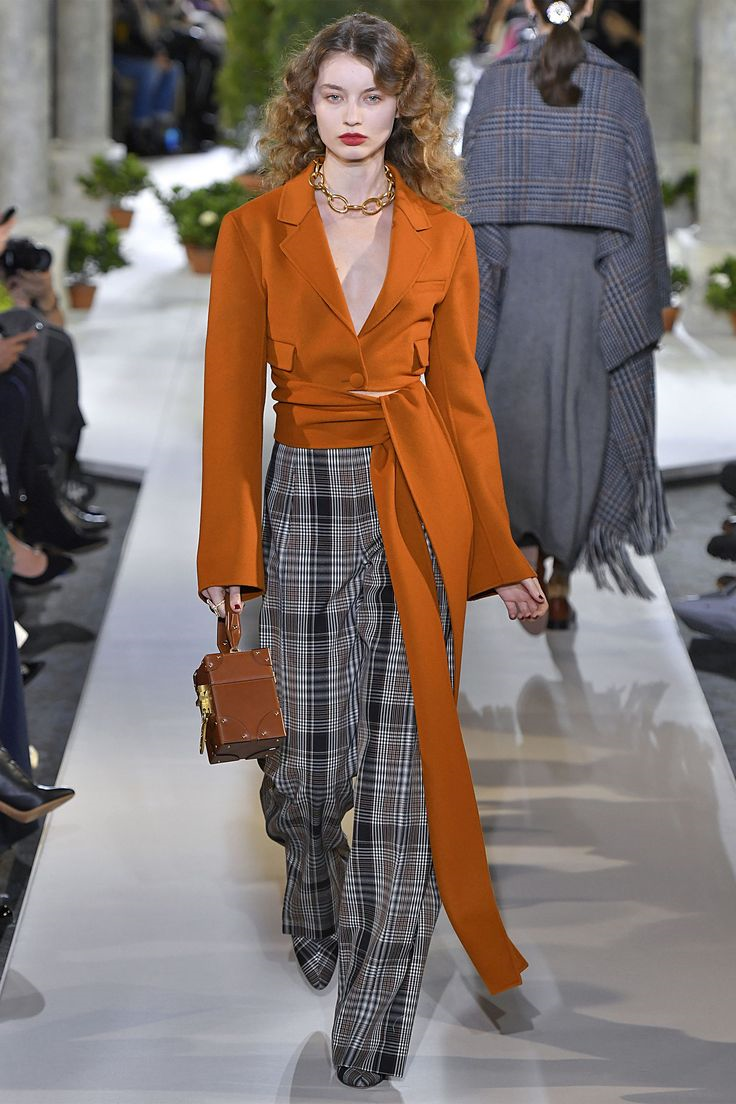The realm of modern fashion stands as a vibrant tableau, ever-changing and richly diverse, offering a canvas for individuals to portray their unique sartorial narratives. It is within this dynamic fashion landscape that personal style becomes a language spoken without words, a way to communicate identity and navigate the world with visual eloquence. From the streets to the runways, personal style is the thread that weaves through the tapestry of contemporary dress, allowing each person to embody their taste and values through the clothes they wear.
Key Takeaways
Personal style serves as a non-verbal medium to express individual identity in modern fashion.
The fashion landscape is a reflection of cultural diversity, offering a myriad of options for self-expression.
Fashion serves as a dynamic form of communication, constantly evolving with societal trends and personal narratives.
Understanding personal style is key to navigating the extensive world of modern fashion with confidence.
Dressing authentically plays a significant role in how individuals are perceived and how they perceive themselves.
Every piece of clothing tells a story, contributing to the larger narrative of one’s personal style journey.
Defining Personal Style in the Age of Fashionation

In an era where fashionation reigns, personal style has become a mosaic of individual aesthetics, social media influence, and a quest for authenticity. Cultivating a fashion dress sense that resonates with one’s identity requires introspection and an artistic touch. Below, we delve into the elements shaping our sartorial choices, seeking a harmony between trend and self-expression.
Exploring Individual Aesthetics

Your personal style is an intimate form of storytelling, a visible autobiography composed in textures, colors, and silhouettes. Discovering it involves identifying signature elements that strike a chord with your persona, be it the boldness of a graphic tee or the classic elegance of a tailored blazer. It’s about the cut, the fabric, and the feel that best embody your presence. Here are essential components to consider:
Fabric and Texture: How comfortable and tactile materials accentuate your comfort and confidence.
Color Palette: Which hues reflect your temperament and enhance your natural tones.
Form and Function: Outfits that align with your lifestyle, balancing practicality with aesthetic appeal.
The Influence of Social Media on Personal Style
We live in a digital realm where platforms like Instagram and Pinterest serve as a dual-edged sword—inspiring yet imposing. Social media offers an endless stream of fashion possibilities and, with it, the inadvertent pressure to conform. Navigating this space strategically requires filtering the influx to align with your uniqueness. Consider these tips:
Curate your feed to follow those who mirror your values and aesthetics.
Use collections and boards as mood boards for your evolving style narrative.
Engage with communities that champion diversity in fashion representation.
Authenticity in Fashion Dress Choices
In a world surfeit with trends, it’s paramount to anchor your wardrobe in authenticity. Making intentional choices in your fashion dress can project an image that’s both true and unequivocal. The table below juxtaposes fleeting trends with perennial style, guiding towards a more conscious sartorial presence.
The Role of Designers in Shaping Fashion Trends
The influence wielded by designers in directing fashion trends is undeniable, serving as the primary architects of style and trendsetting within the industry. Their creative decisions not only determine the forthcoming trends but also reflect and influence the cultural currents of the time.
Through a complex interplay of inspiration and innovation, designers embark on a journey from sketch to runway, meticulously forging pieces that encapsulate their vision. This meticulous curation of style often sets the global fashion agenda, swaying both haute couture and street fashion alike.
Conceptualization: Prototyping design iterations that resonate with the desired aesthetic and cultural relevance.
Material Selection: Sourcing fabrics and embellishments that align with trend forecasts and sustainability practices.
Runway Presentations: Debuting collections that encapsulate current themes while pushing the envelope of creativity.
Consumer Influence: Creating accessible interpretations of high fashion, enabling public participation in the trends.
Historically, the exchange between designer influence and societal trend adoption has catalyzed iconic fashion movements, solidifying the role of designers as the vanguards of fashion trends.
Fashion vs. Fast Fashion: Choosing Quality Over Quantity
In the modern quest for a stylish wardrobe, consumers are increasingly presented with a choice: stick with the timeless appeal of high-quality fashion pieces or succumb to the rapidly rotating cycles of fast fashion. This dichotomy is not merely about aesthetic preference; it’s a decision that holds significant ramifications for both personal style and the environment.
Where traditional fashion champions durability and craftsmanship, fast fashion emphasizes speed and trend-chasing at the expense of garment longevity. The allure of fast fashion’s affordability and variety is undeniable, yet it’s this very model that contributes to massive waste and resource depletion.
To advocate for more sustainable choices, we can turn towards wardrobes curated with intent, marked by garments that promise endurance both in style and substance. Here, the merits of embracing quality over quantity become clear as we consider the environmental and ethical aspects of our fashion consumption.
“Investing in high-quality fashion is not just a personal luxury, but a commitment to reducing the environmental footprint of our wardrobe choices.”
Quality fashion pieces are often made with superior materials and advanced construction techniques that extend their life.
Fast fashion items, in contrast, may quickly fall victim to wear and tear, leading to a cycle of frequent disposal and replacement.
Sustainable choices in fashion help mitigate the strain on natural resources and reduce the industry’s carbon footprint.
The move away from fast fashion and towards thoughtfully selected, quality pieces is more than a trend; it is a conscious shift towards sustainability and personal accountability in our sartorial selections. By choosing to invest in well-made clothes, consumers support a fashion industry that is both eco-conscious and dedicated to the art of craftsmanship.
Accessorizing: The Fine Art of Completing Your Look
Accessorizing is more than just an afterthought—it’s an integral part of dressing that offers a window into one’s fashion ethos. The judicious use of accessories can make or break an outfit, underscoring personal style and ensuring that an ensemble resonates with intentionality. Creative accessorizing, using statement pieces or invoking harmony in fashion, provides a visual dialogue between the wearer and the observer, revealing subtleties of taste and design sensibilities.
The Power of Statement Pieces

Statement pieces serve as the central theme of an accessorizing approach, capable of elevating the simplest outfits to sartorial heights. Be it a bold necklace, an edgy belt, or a vibrant clutch, these pieces command attention and convey confidence. When incorporating statement accessories, the key is to allow them to shine against a more subdued background, ensuring they don’t compete with other elements of your ensemble for the spotlight.
Finding Harmony Between Accessories and Garments
The pursuit of harmony in fashion necessitates a thoughtful balance between accessories and garments. To achieve sartorial symbiosis, one must consider factors such as color coordination, textural interplay, and the congruity of style genres. A well-considered pairing that takes into account the visual weight and aesthetic message of each piece will result in an outfit that is both cohesive and stylish.
Trends vs. Timeless Pieces
The perpetual debate in accessorizing: should one lean towards the latest fashion trends or favor timeless pieces that tower above the ebb and flow of trend cycles? The answer lies in a balanced accessory wardrobe that accommodates both. Trends infuse freshness and contemporaneity, while timeless pieces act as anchors, reliable and eternally chic. Matching the right accessory, whether trendy or classic, to the occasion and the rest of your outfit is the quintessence of savvy styling.
Understanding the Fashion Cycle: From Catwalk to Closet
The fashion cycle delineates the evolutionary path of a style from its genesis to broad acceptance and eventual obsolescence. At the heart of this cycle lies the nexus between high catwalk fashion and the pragmatic wardrobe of the everyday consumer. Understanding this progression is crucial for those looking to merge haute couture inspirations with their everyday style.
The Journey of a Trend
A trend’s odyssey commences with a spark of inspiration, often on the designer’s sketchpad, ushered into reality on the world’s catwalks. This is where the narrative of a trend takes shape, influenced by cultural currents, societal shifts, and technological advancements. From this point, fashion trends undergo translation and adaptation, funneling down through various strata of the market until they manifest in high-street shops and online storefronts. The ascension and decline of a trend reflect a complex interplay of adoption, saturation, and eventual fatigue within the consumer psyche.
How to Translate Runway Fashion to Everyday Style

To adopt catwalk fashion into one’s wardrobe, a discerning eye is necessary to distill these concepts into palatable and wearable elements. It’s about selectively integrating trend highlights—such as colors, textures, or silhouettes—into one’s apparel, harmonizing them with personal taste and functionality. This alchemy enables the translation of high fashion into accessible, everyday style without compromising on individuality or comfort.
Identifying key traits of a trend that resonate with your unique style.
Strategically blending trend-driven pieces with foundational wardrobe staples.
Staying attuned to the fashion cycle to anticipate shifts that align with your fashion sensibility.
By cultivating an awareness of how trends ebb and flow, fashion enthusiasts can make empowered choices that elevate their personal aesthetics while remaining connected to the global fashion dialogue.
Cultural Influences on Fashion and the Global Melting Pot
The intersection of diverse cultural influences and global fashion has created a rich mosaic of styles that continue to enrich the fashion industry. The cross-cultural exchange of ideas and aesthetics has paved the way for a more inclusive fashion inspiration, where traditional garments are not just preserved but celebrated in modern interpretations. This phenomenon reflects the interconnectedness of a world less confined by geographical boundaries and more unified by shared, evolving tastes.
Fashion inspiration that pays homage to cultural heritage is witnessed across the high streets of New York to the boutique lanes of Tokyo. From the renaissance of the South Asian ‘Anarkali’ in Western evening wear to the incorporation of Scandinavian minimalist design in everyday apparel, cultural influences are spawning a new realm of eclectic styles. However, the dialogue surrounding cultural appropriation in fashion underscores the need for designers and brands to handle such integrations with sensitivity and respect.
Global fashion is not just about the assimilation of different styles, but rather about creating a narrative that respects origin and speaks to universal aesthetics. – Renowned Fashion Critic
This cultural synergy is not limited to apparel but extends to accessories, fabric patterns, and even fashion show themes, creating a globally inspired tapestry of trends. Below is an analysis highlighting some influential cultural elements and their impact on today’s global fashion scene.
Cultural Element Global Fashion Integration Region of Origin
Kimono Wraps Kimono-style jackets and belts in casual and luxury fashion lines Japan
Slavic Embroidery Embroidered patterns on dresses and tops, inspiring boho-chic trends Eastern Europe
Dashiki Prints Bold Dashiki prints on T-shirts, dresses, and streetwear West Africa
Mandarin Collars Adoption in formal wear, blouses, and fusion wear China
Tartan Tartan skirts and pants, as well as incorporation into punk fashion Scotland
As creators and consumers alike become more globally conscious, the influences of diverse cultures will continue to shape a more progressive and inclusive fashion inspiration canvas. While this melting pot has the power to harmonize distinctions, it also carries a responsibility to honor and preserve the uniqueness of the cultural threads that weave together the fabric of global fashion.
The Intersection of Fashion and Technology
As the world of fashion continues to evolve, a new narrative is weaving its way into the fabric of style: the rise of fashion technology. This convergence promises to alter our engagement with the clothes and accessories we wear and how we shop. Thriving at the forefront are wearable tech, AI-powered shopping platforms, and virtual fitting rooms, all of which are reshaping the landscape of personal fashion.
Wearable Tech and the Future of Personal Style
Today’s wearable tech goes far beyond function, becoming an intrinsic component of personal style. Devices like smartwatches and fitness trackers are not just practical gadgets but fashion statements that reflect individuality and tech-savvy sophistication. Renowned fashion houses have begun collaborating with technology brands, crafting accessories that offer both advanced technology and high-end design.
Online Shopping and AI Recommendations
E-commerce experiences are being revolutionized by artificial intelligence (AI), which tailors online shopping to the unique tastes and preferences of consumers. By harnessing data and previous shopping habits, AI recommendations finely tune the search for the perfect item, leading to more satisfying and efficient shopping experiences. This personalized approach hints at a future where technology becomes an indispensable personal stylist.
Virtual Fitting Rooms and Their Impact on Fashion
Virtual fitting rooms have emerged as a game-changer, particularly in the realm of online retail. With the ability to virtually try on garments from the comfort of one’s home, these innovative platforms diminish the uncertainty surrounding size and fit. This tech not only enhances customer satisfaction but also has the potential to significantly reduce returns, a pressing issue in the fashion industry.
Sustainable Fashion Choices for The Environmentally Conscious Consumer
As the fashion industry grapples with its environmental impact, environmentally-conscious consumers are increasingly seeking out sustainable fashion options. This movement towards ethical fashion isn’t a trend; it’s a transformative shift in the paradigms of style and consumption. Let’s delve deeper into how making thoughtful fashion choices can contribute to a healthier planet and a more equitable society.
Ethical Fashion and Its Importance
The quest for ethical fashion is rooted in the pursuit of justice: for the workers who make our clothes, for the animals often harmed in production, and for the communities impacted by the industry’s waste. It’s about aligning your wardrobe with your values, understanding that every purchase has a background story. Ethical fashion champions transparency, fair wages, and humane working conditions.
Supporting Eco-Friendly Brands
To support a sustainable wardrobe, it’s vital to champion eco-friendly brands that place the wellbeing of the planet at the forefront of their practices. These brands invest in renewable materials, adopt lesser-waste production techniques, and craft high-quality garments designed for longevity. By transforming our buying habits, we fuel the demand for responsible fashion and encourage more brands to take the green leap.
Developing a Capsule Wardrobe for Sustainability
Embracing the concept of a capsule wardrobe is not just a stylistic choice, but a declaration of sustainable intent. This minimalist practice encourages the curation of a streamlined, versatile collection of garments that serve multiple purposes and seasons. Such wardrobes are typically composed of durable, timeless pieces that transcend fleeting trends, thus minimizing the incessant churn of clothing disposal and production.
Attributes of Sustainable Fashion Benefits
Use of Organic or Recycled Materials Reduces environmental waste and resource consumption
Support for Fair Labor Practices Improves workers’ quality of life and bolsters ethical production methods
Adoption of Slow Fashion Principles Encourages mindful consumption and lessens the carbon footprint
The creation of Multi-Seasonal Designs Enhances wardrobe flexibility and reduces the need for frequent purchases
Photo credit Pinterest
Recommend0 recommendationsPublished in Uncategorized








